Trading
The latest news, updates and opinions on Trading from the expert team here at MoneyWeek
Explore Trading
-

Circle sets a new gold standard for cryptocurrencies
Cryptocurrencies have existed in a kind of financial Wild West. No longer – they are entering the mainstream, and US-listed Circle is ideally placed to benefit
By Jamie Ward Published
-
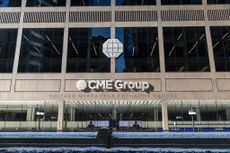
Profit from other investors’ trades with CME Group
CME Group is one of the world’s largest exchanges, which gives it a significant competitive advantage
By Rupert Hargreaves Published
-

Investors should plan for an age of uncertainty and upheaval
Tectonic geopolitical and economic shifts are underway. Investors need to consider a range of tools when positioning portfolios to accommodate these changes
By James Proudlock Published
-
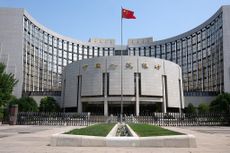
How much gold does China have – and how to cash in
China's gold reserves are vastly understated, says Dominic Frisby. So hold gold, overbought or not
By Dominic Frisby Published
-
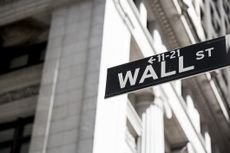
Debasing Wall Street's new debasement trade idea
The debasement trade is a catchy and plausible idea, but there’s no sign that markets are alarmed, says Cris Sholto Heaton
By Cris Sholto Heaton Published
-
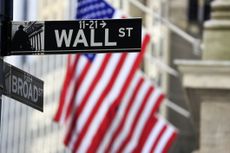
Rob Granieri: the mysterious billionaire boss of Jane Street
Profits at Jane Street have exploded, throwing billionaire Rob Granieri into the limelight. But it’s not just the firm’s success that is prompting scrutiny
By Jane Lewis Published
-
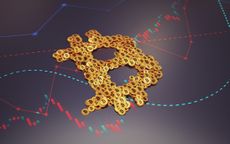
Beware the bubble in bitcoin treasury companies
Bitcoin treasury companies are no longer coining it. Short this one, says Matthew Partridge
By Dr Matthew Partridge Published
-

'EV maker Faraday Future will crash'
Faraday Future Intelligent Electric is failing dismally to live up to its name, says Matthew Partridge
By Dr Matthew Partridge Published
-
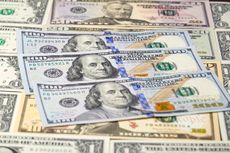
The challenge with currency hedging
A weaker dollar will make currency hedges more appealing, but volatile rates may complicate the results
By Cris Sholto Heaton Published
